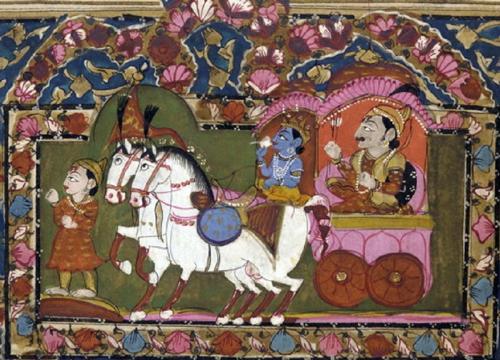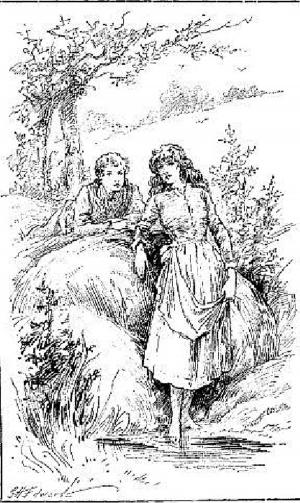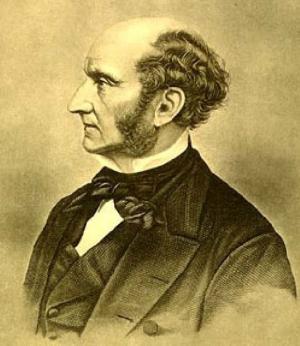Sanskrit Epics: The Mahabharata and The Ramayan
Nonfiction, Religion & Spirituality, Eastern Religions, Hinduism| Author: | anonymous | ISBN: | 9781455428632 |
| Publisher: | B&R Samizdat Express | Publication: | December 15, 2009 |
| Imprint: | Language: | English |
| Author: | anonymous |
| ISBN: | 9781455428632 |
| Publisher: | B&R Samizdat Express |
| Publication: | December 15, 2009 |
| Imprint: | |
| Language: | English |
According to Wikipedia: The Ramayana is an ancient Sanskrit epic. It is ascribed to the Hindu sage Valmiki and forms an important part of the Hindu canon (smti), considered to be itihāsa. The Ramayana is one of the two great epics of India and Nepal, the other being the Mahabharata. It depicts the duties of relationships, portraying ideal characters like the ideal father, ideal servant, the ideal brother, the ideal wife and the ideal king.The name Ramayana is a tatpurusha compound of Rāma and ayana ("going, advancing"), translating to "Rama's Journey". The Ramayana consists of 24,000 verses in seven books (kāas) and 500 cantos (sargas), and tells the story of Rama (an avatar of the Hindu preserver-God Vishnu), whose wife Sita is abducted by the demon king of Lanka, Ravana. Thematically, the Ramayana explores human values and the concept of dharma... "The Mahabharata is one of the two major Sanskrit epics of ancient India, the other being the Ramayana. The epic is part of itihasa. Besides its epic narrative of the Kurukshetra War and the fates of the Kauravas and the Pandavas, the Mahabharata contains much philosophical and devotional material, such as a discussion of the four "goals of life" or purusharthas (12.161). The latter are enumerated as dharma (right action), artha (purpose), kama (pleasure), and moksha (liberation). Among the principal works and stories that are a part of the Mahabharata are the Bhagavad Gita, the story of Damayanti, an abbreviated version of the Ramayana, and the Rishyasringa, often considered as works in their own right."
According to Wikipedia: The Ramayana is an ancient Sanskrit epic. It is ascribed to the Hindu sage Valmiki and forms an important part of the Hindu canon (smti), considered to be itihāsa. The Ramayana is one of the two great epics of India and Nepal, the other being the Mahabharata. It depicts the duties of relationships, portraying ideal characters like the ideal father, ideal servant, the ideal brother, the ideal wife and the ideal king.The name Ramayana is a tatpurusha compound of Rāma and ayana ("going, advancing"), translating to "Rama's Journey". The Ramayana consists of 24,000 verses in seven books (kāas) and 500 cantos (sargas), and tells the story of Rama (an avatar of the Hindu preserver-God Vishnu), whose wife Sita is abducted by the demon king of Lanka, Ravana. Thematically, the Ramayana explores human values and the concept of dharma... "The Mahabharata is one of the two major Sanskrit epics of ancient India, the other being the Ramayana. The epic is part of itihasa. Besides its epic narrative of the Kurukshetra War and the fates of the Kauravas and the Pandavas, the Mahabharata contains much philosophical and devotional material, such as a discussion of the four "goals of life" or purusharthas (12.161). The latter are enumerated as dharma (right action), artha (purpose), kama (pleasure), and moksha (liberation). Among the principal works and stories that are a part of the Mahabharata are the Bhagavad Gita, the story of Damayanti, an abbreviated version of the Ramayana, and the Rishyasringa, often considered as works in their own right."















